FATTORIA DI MARENA
FARM LIFE AND FARM TALES
A LAND THAT IS FAMILY, HISTORY, CULTURE
How to show the pride and affection that bind us to this land? Land that is also family, history, culture. How to tell our experience to share it with our guests and also with those who meet us for the first time on the Internet?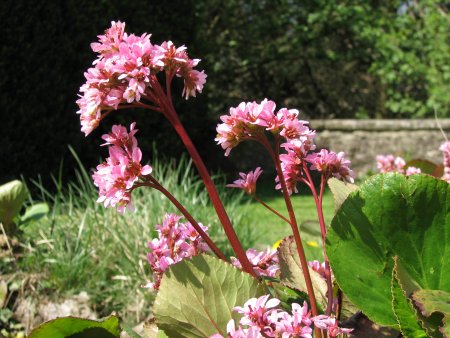
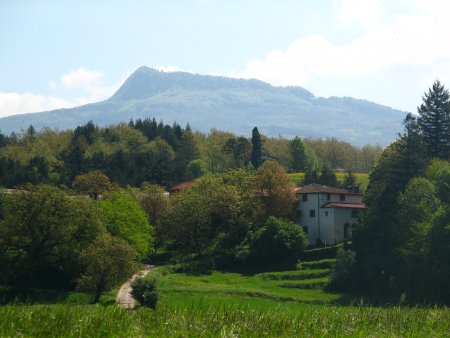
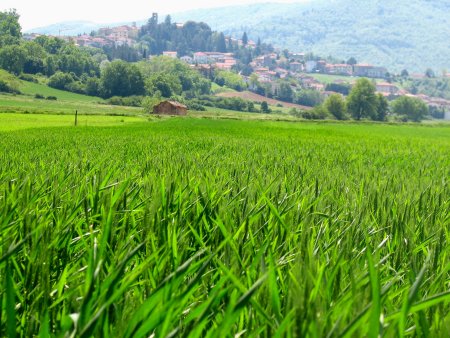
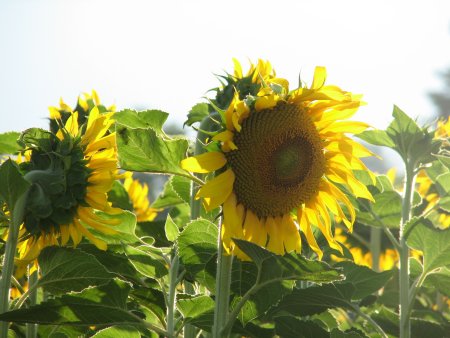
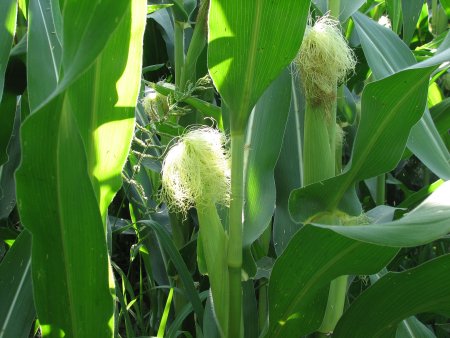
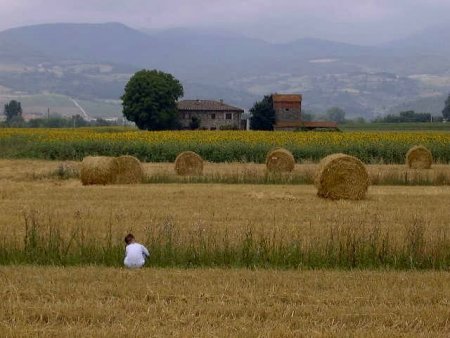
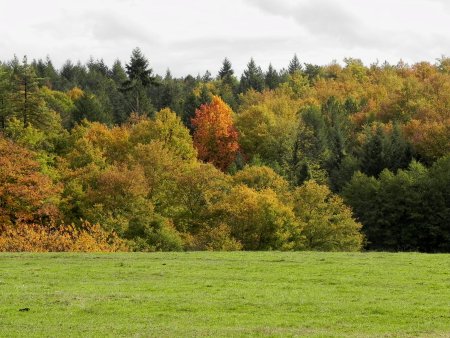
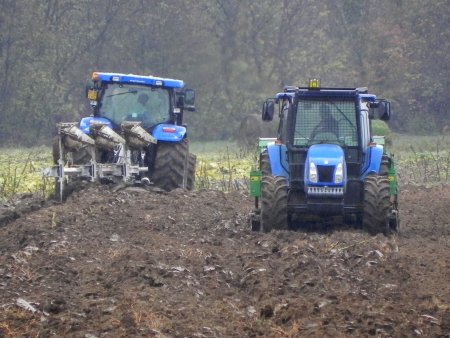
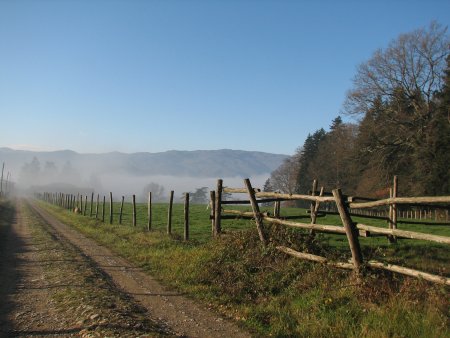
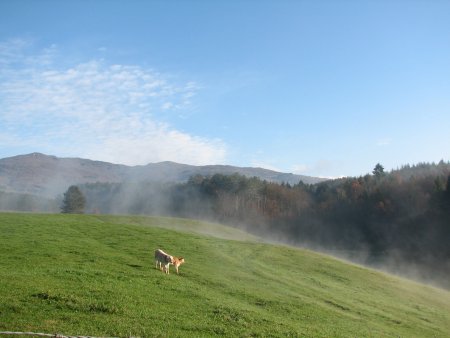
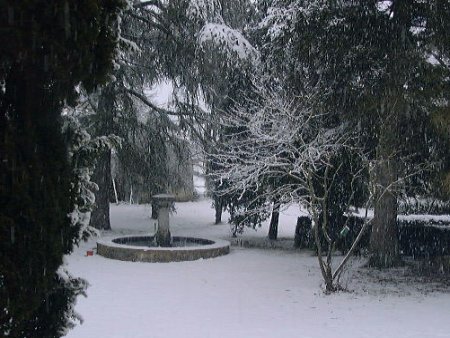
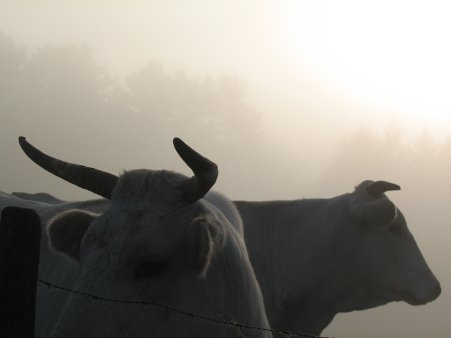
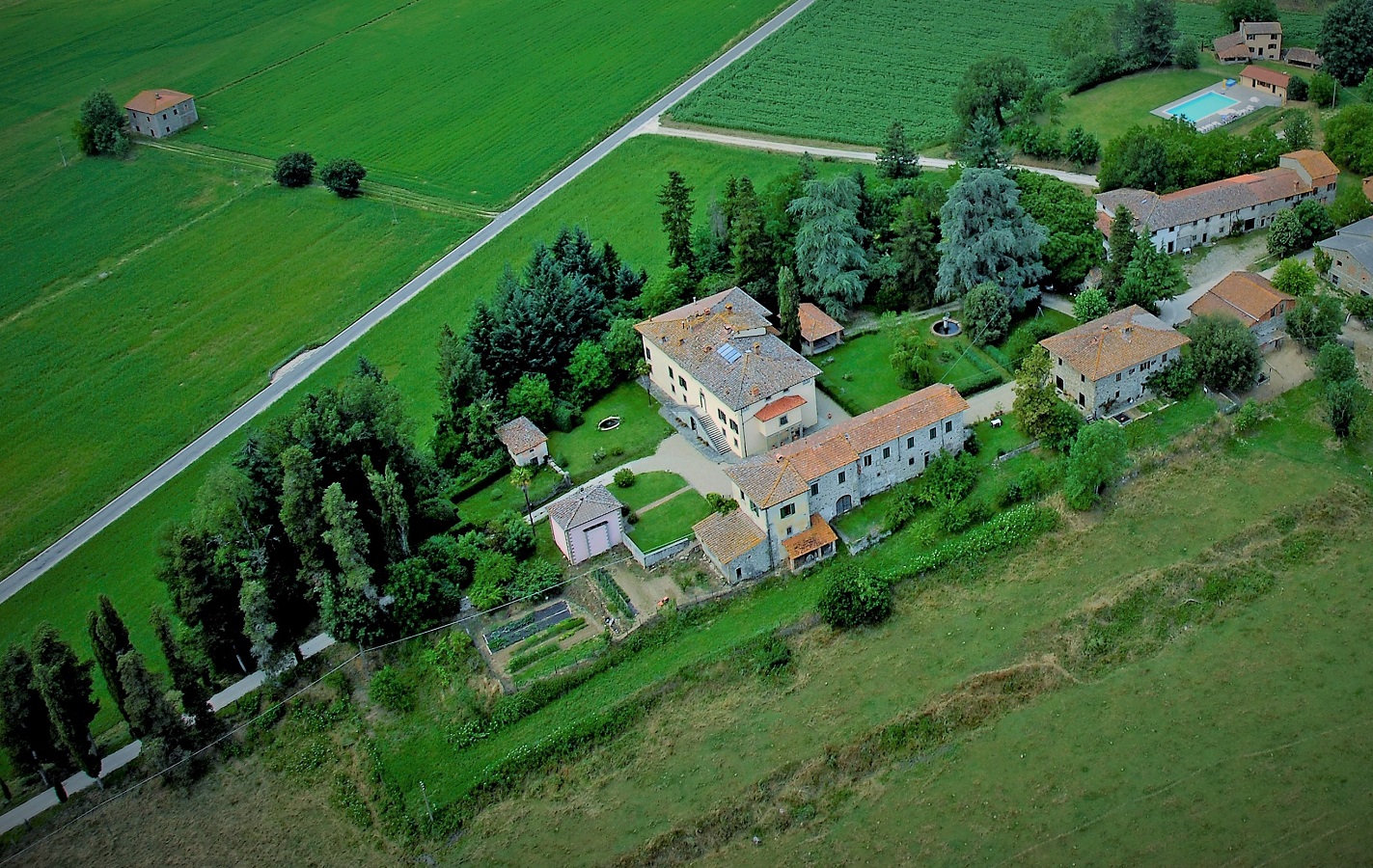
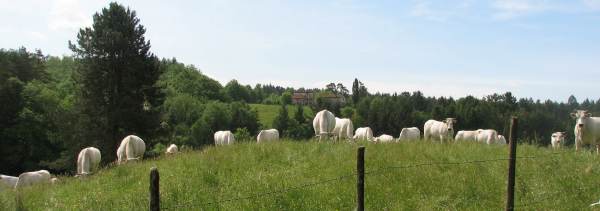
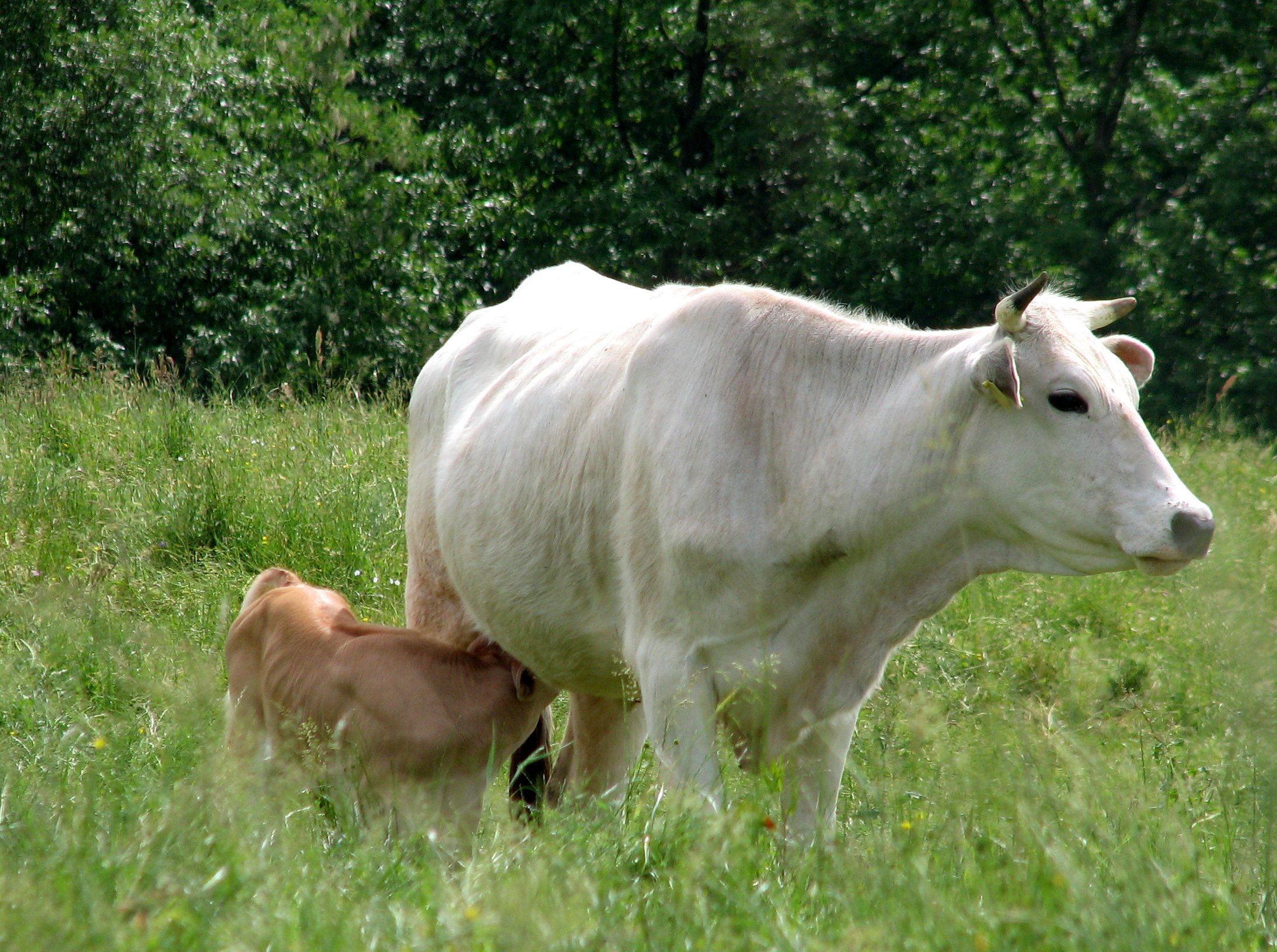
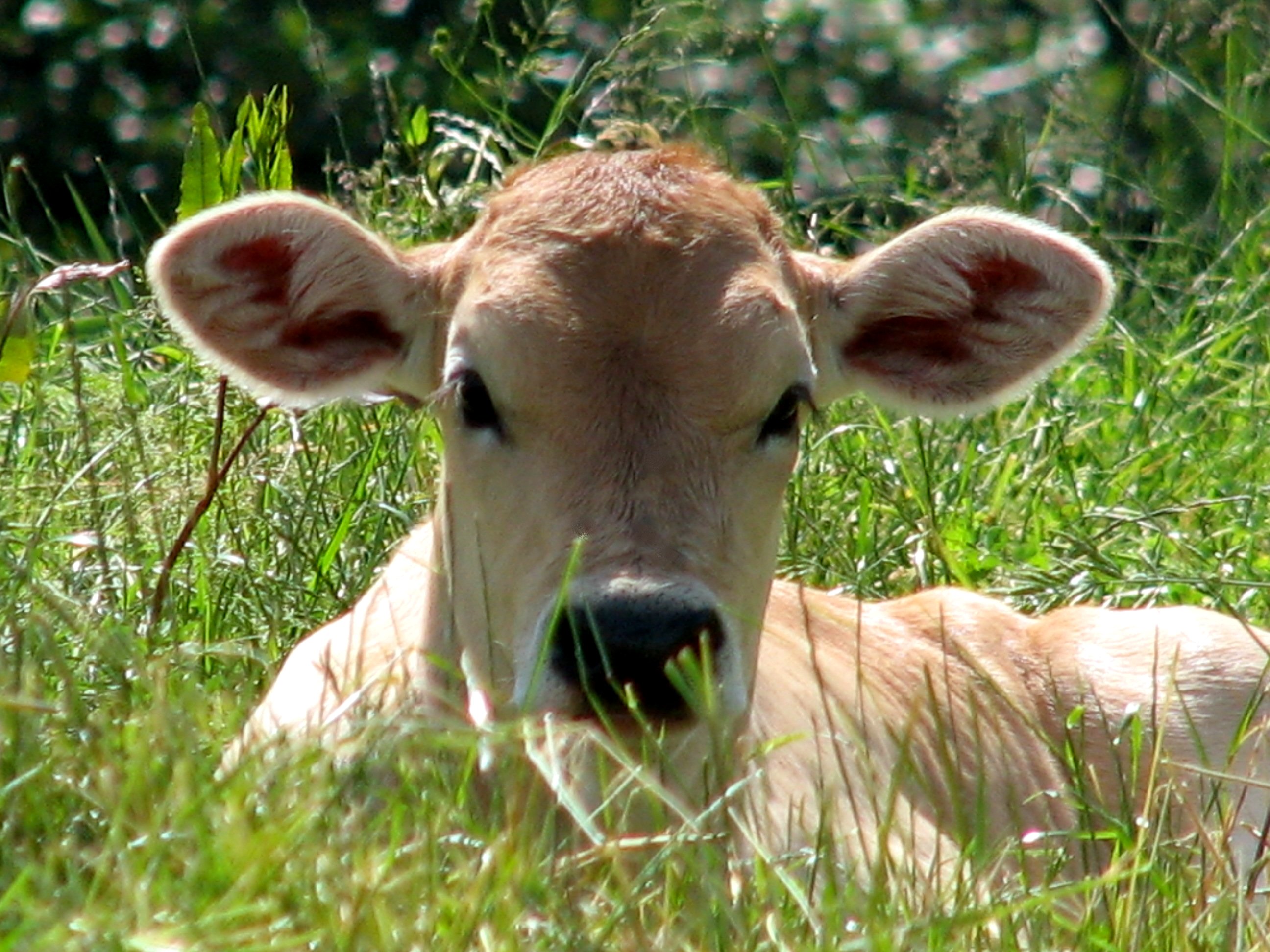
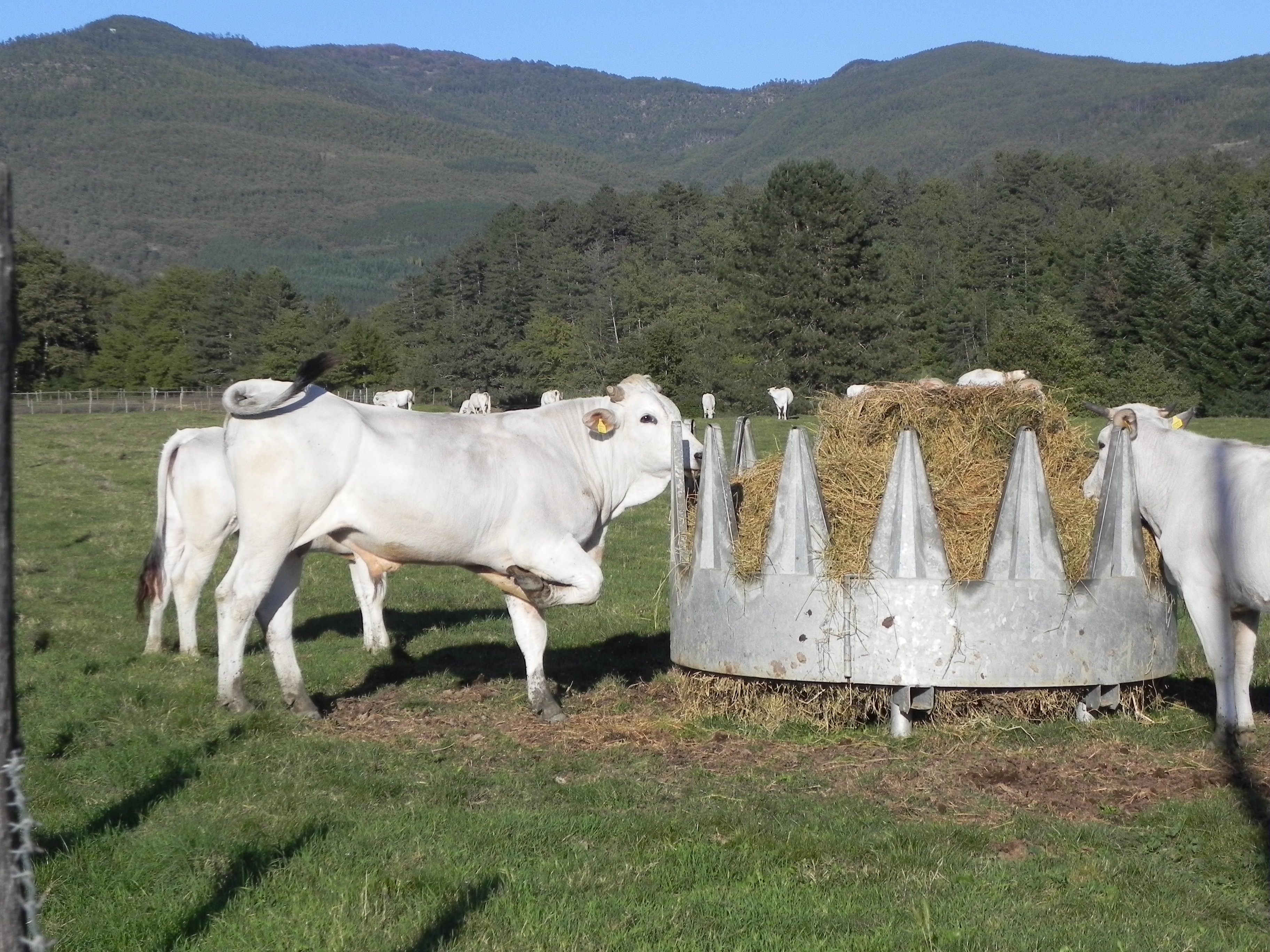
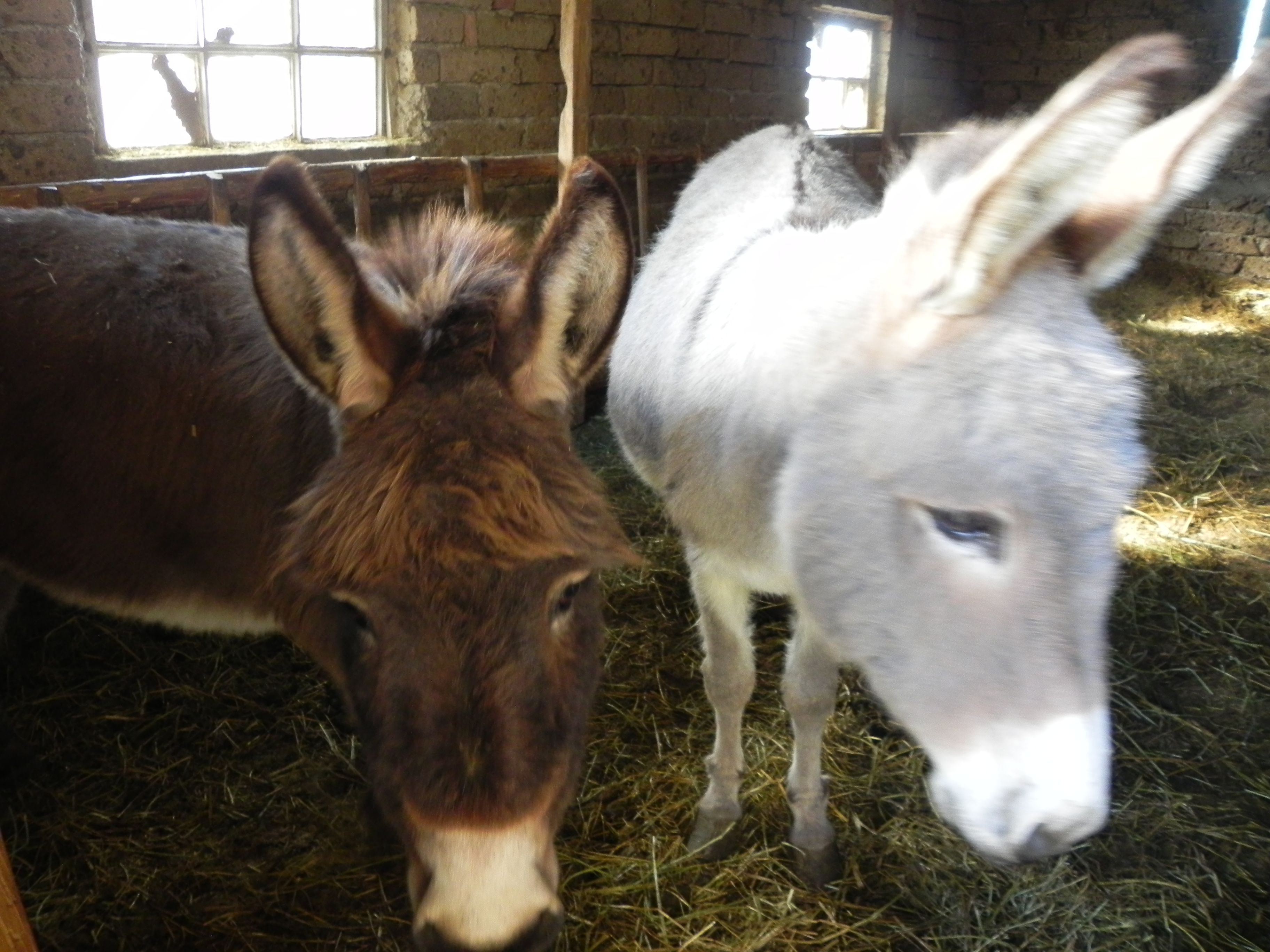 Le asinelle
Le asinelle Bovini Highland
Bovini Highland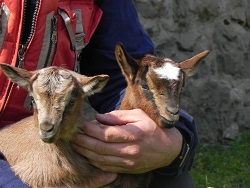 Le caprette
Le capretteHistory of the Nati Poltri Family and of the Farm
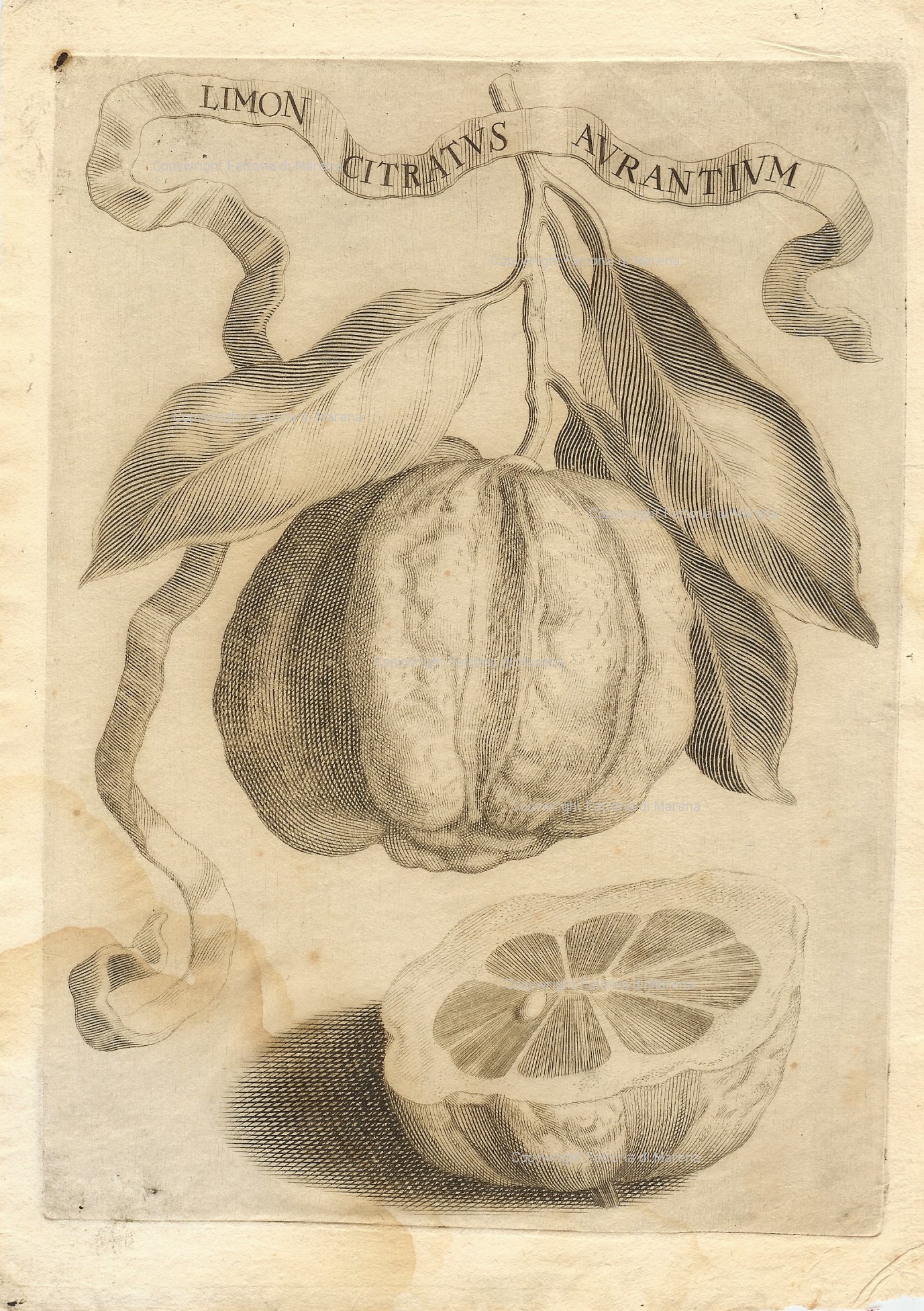 Illustrazione del volumeto sulla "Bizzarria"
Illustrazione del volumeto sulla "Bizzarria"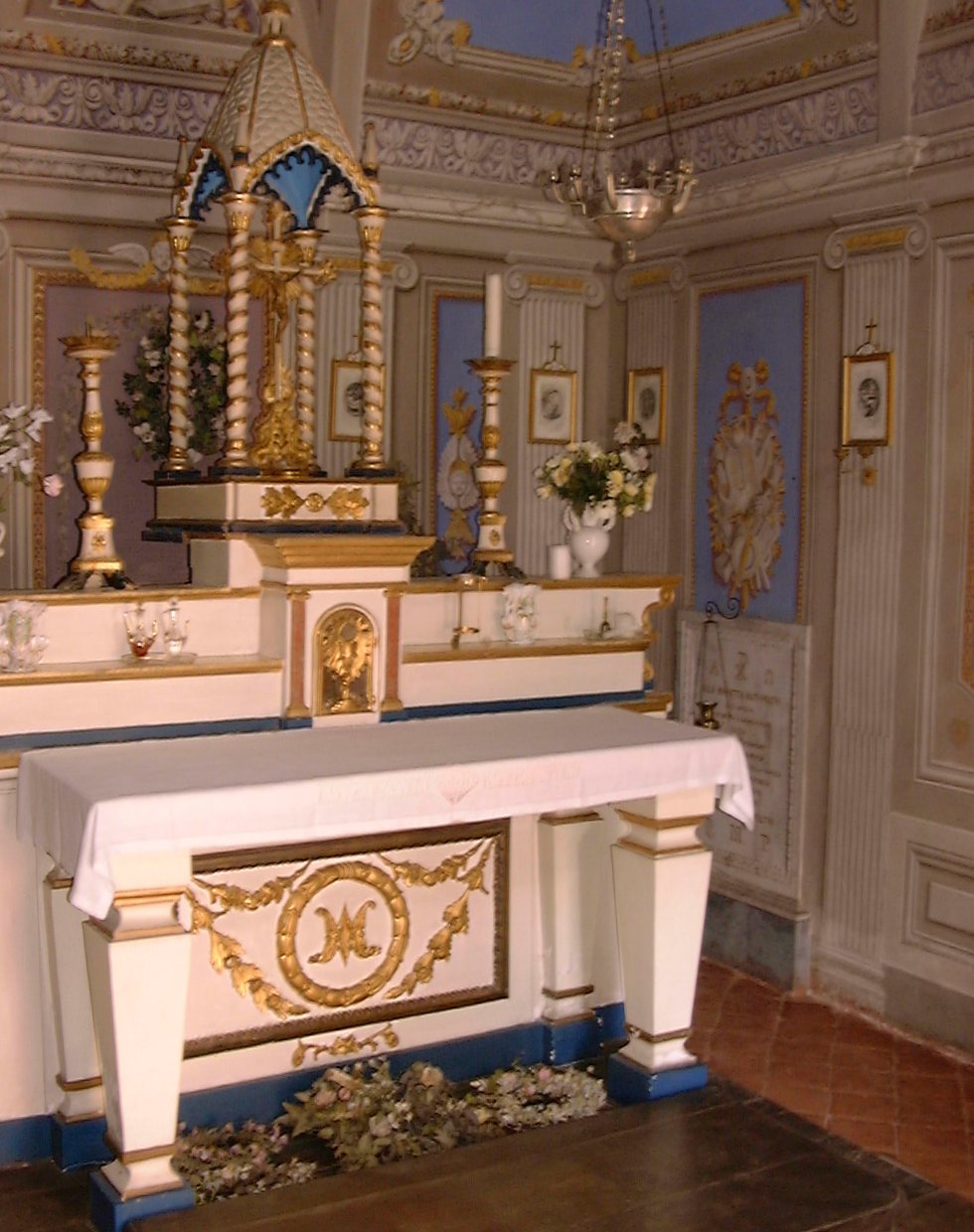 la cappellina
la cappellina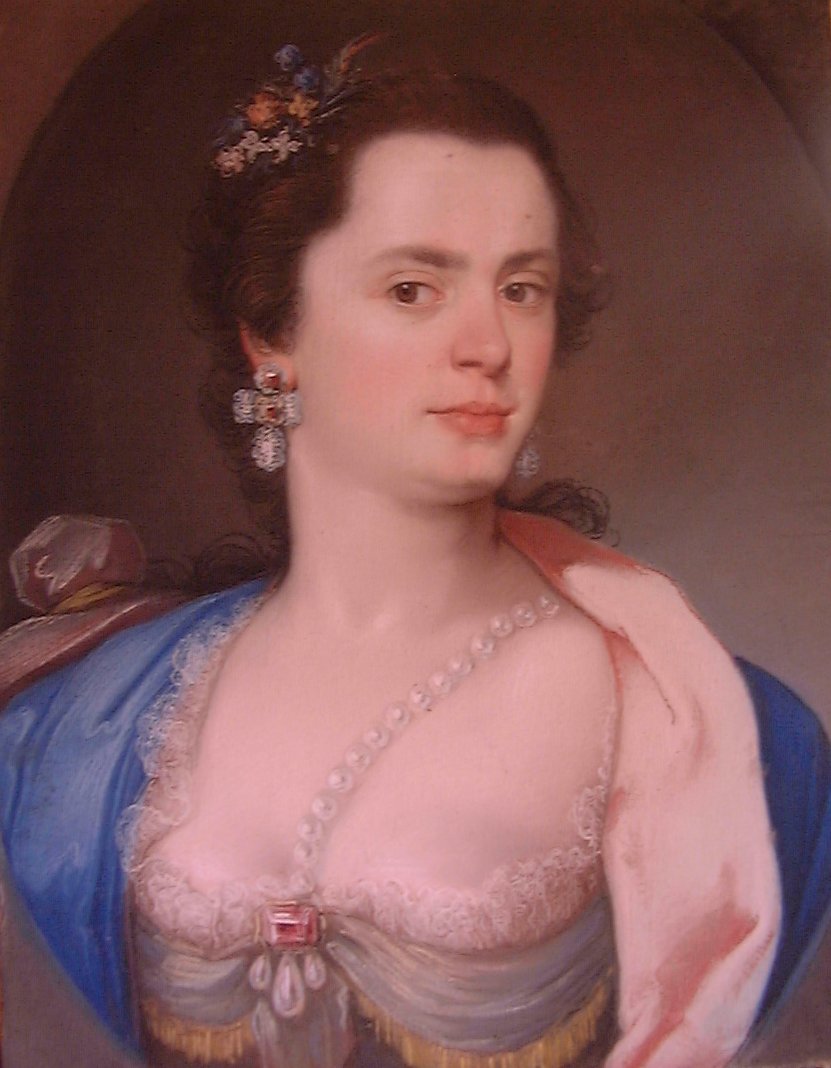 Teresa Nati Poltri
Teresa Nati Poltri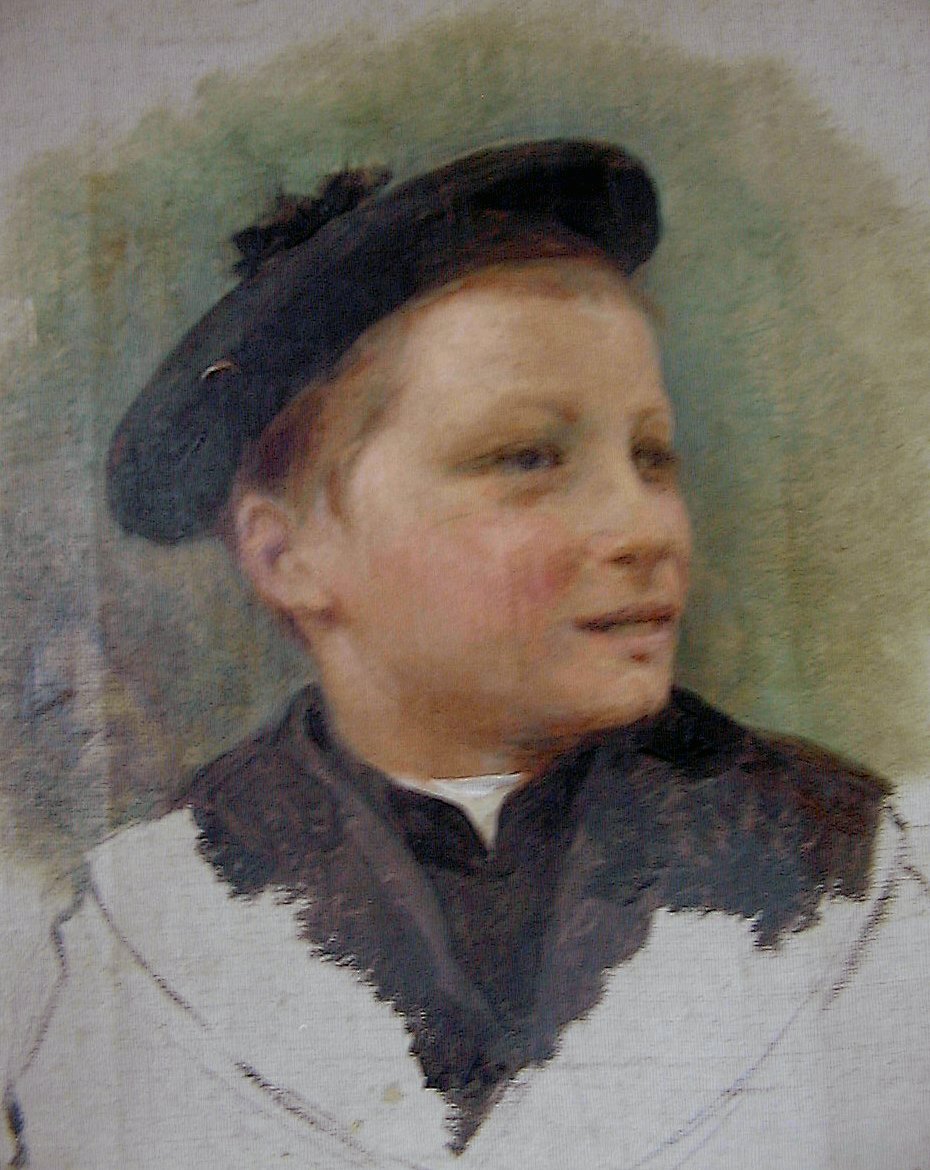 Nato Nati Poltri bambino
Nato Nati Poltri bambino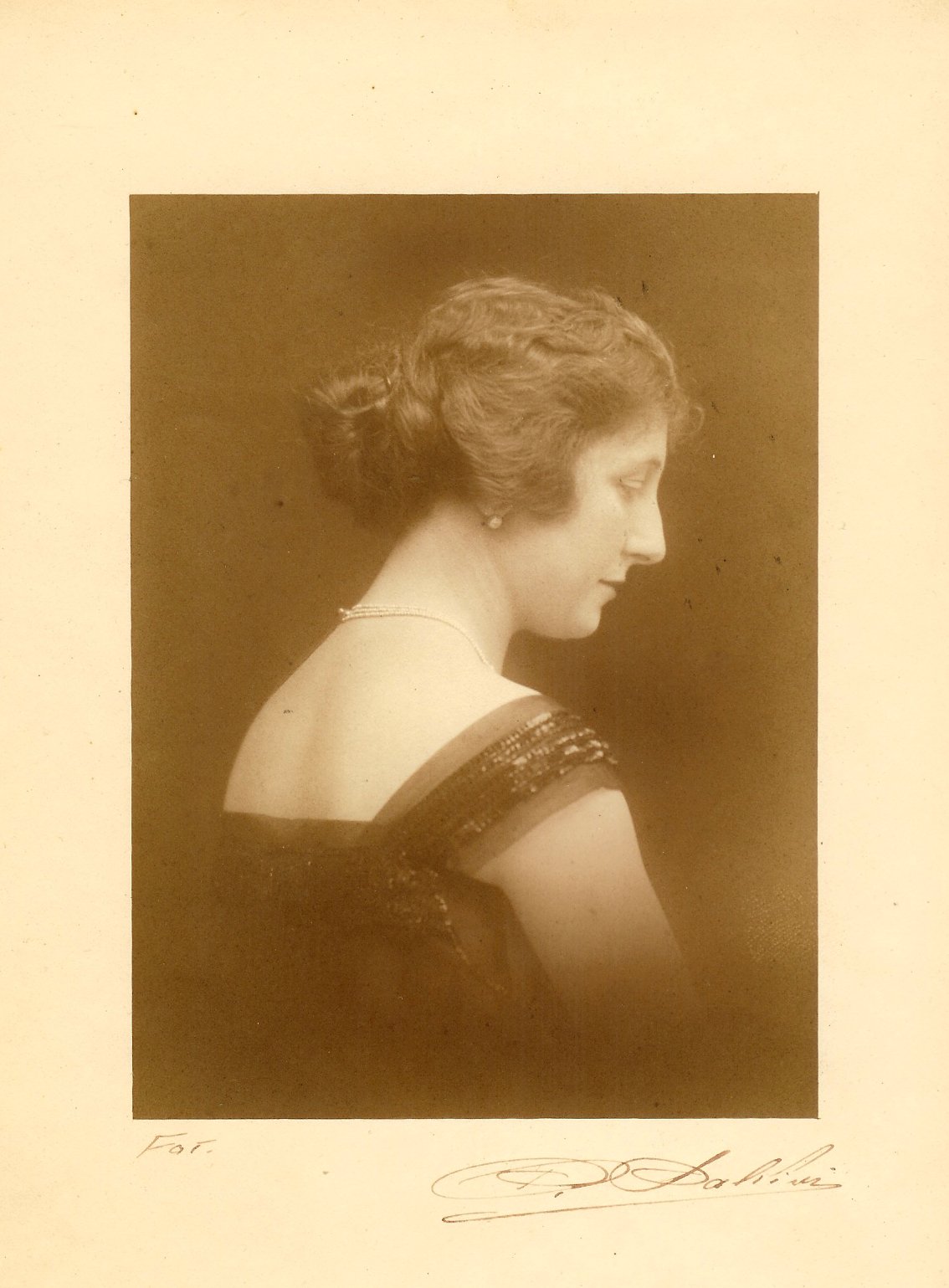 Eleonora Nati Poltri
Eleonora Nati Poltri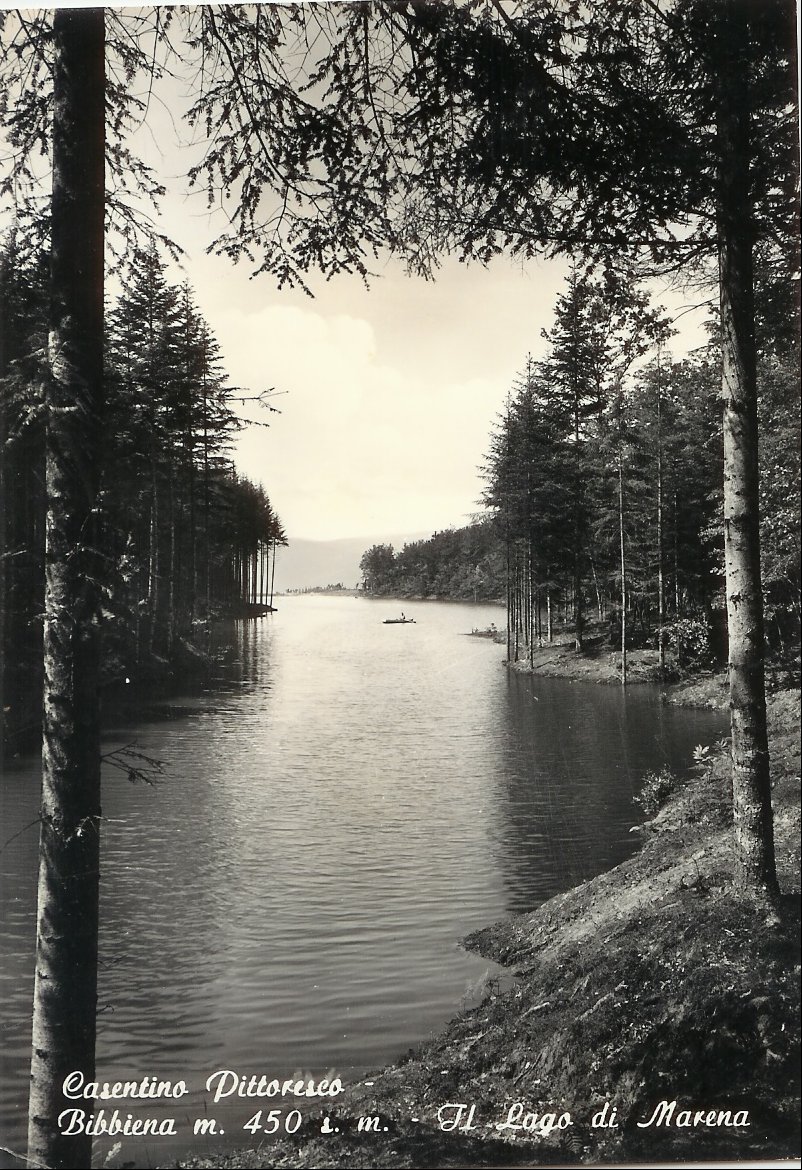 Il Lago di Marena
Il Lago di Marena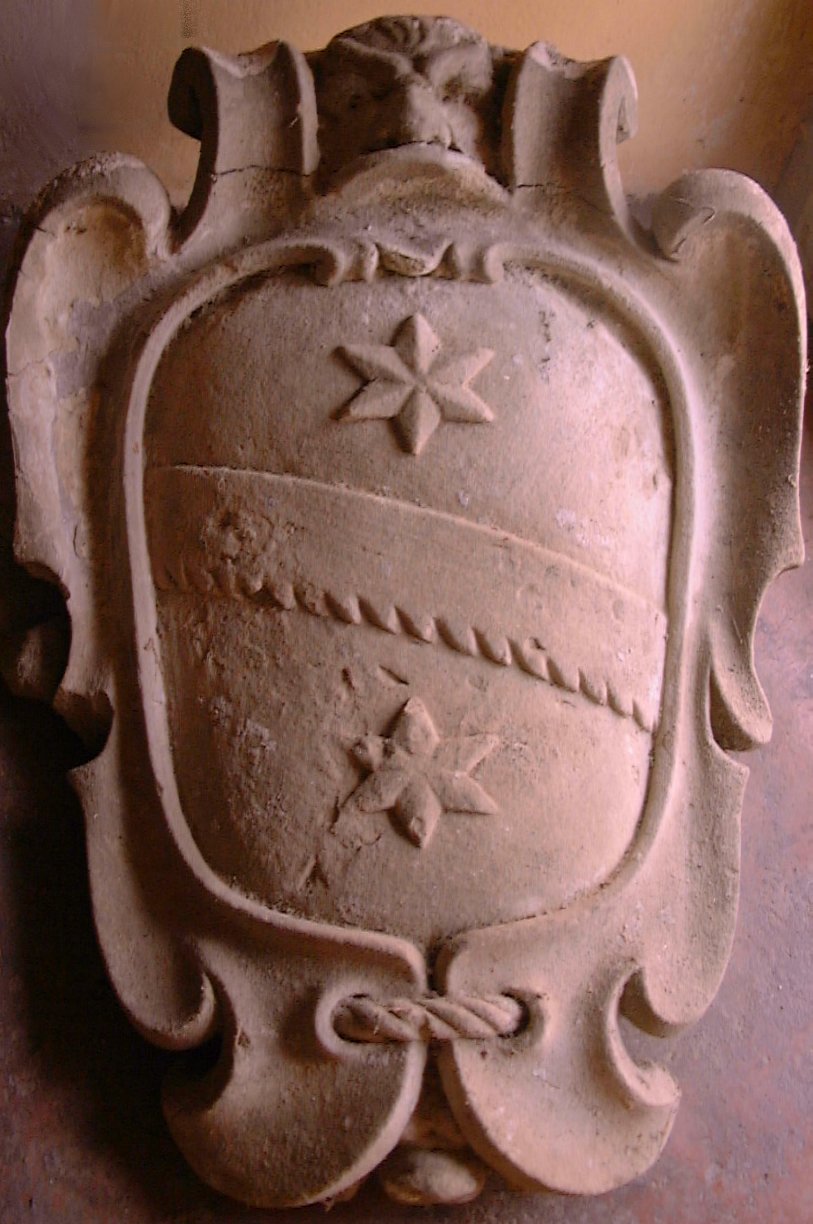 Stemma "Nati"
Stemma "Nati"Family history we know begins in 1350, when a SilvesterNati (=son of Donato or Nato) was elected as a Priore in the govern of Florence. He came from the art of "Cassettari" (making wood furniture) and that gives a sense to the family coat of arms: a nothched band (saw) and 2 stars.
After Silvester, we had a Filippo and a Donato who was member of the major art of "Campsores" (money changer and bankers) and lived in Venice for a while, and Donato's son Sebastiano (Bastiano) who bought some properties in Casentino valley.
Bastianus' nephew Francesco was a "free lance" knight who also worked as "Capitano" with the famous Giovanni dalle Bande Nere (a member of the Medici family). Francesco received from the Medici family (who ruled Tuscany) the permission to join his coat of arms with Medici's one.
Then we had a long line of lawyers and physicians. The first Pietro (Piero) Nati was a physician, lived in Florence and married a girl of the Capponi family. We still have a book of memories he wrote. His tomb is in front of the main altar of Ognissanti's church in Florence. You can still go there and find his coat of arms with Nati and Capponi symbols.
But we must wait for his grandson, who was Piero Nati the second, to start with the Fattoria di Marena history: Piero was born in 1624, lived in Florence and managed the Botanical Garden of the University of Pisa (The oldest Botanical Garden in the world founded by Cosimo dei Medici in 1544). He was a school-friend of the scientist Francesco Redi and there was some correspondence between them. During the year 1692 the Fattoria di Marena was about to be sold by auction after the Rondinelli family went bankrupt: on hearing about the auction Piero Nati immediately hurried down to Rome to put in their bid. He restored the main house and the farm and made Marena his country residence.
Piero died in 1717, at the age of 93, and was followed by:
Francesco,who was a pysician at the Medici's court and treated in Livorno Carlo di Borbone, who was going about to become the king of Naples
(1737: the Medici family died out and Lorena succeeded to the Granducato of Tuscany),
Francesco's brother Domenico and his sons: Nato Andrea, Pietro Gasparo (who was a physician at the Neapolitan Court) Andrea Vitaliano:
the little Family Chapel was built in 1730 to allow Andrea Vitaliano, who was a priest, to celebrate the mass near the house.
The surname Nati became Nati Poltri in 1750, when the family inherited the title of COMMENDATORE dell'ORDINE di S.STEFANO
from an extinct branch of the Poltri family.
Pietro Gasparo's son Lodovico, who married Johanna Humbourg (the sister of Alessandro Humbourg, a minister at the court of Pietro Leopoldo di Lorena, in Florence). Johanna was the first Nati, being a widow, who decided to live at Marena all the year around.
Lodovico and Johanna's son, Cesare, had a degree in Law, but preferred country life and planting trees: so much so that he was nicknamed " San Pinolo " (St. Pineseed). He was also the mayor of Bibbiena for a long period: in 1861 he completed the building of the village acqueduct. He also created the drainage system of the plain near Marena, thereby reducing the river-bed of the Archiano. Cesare had a brother, Pietro, who owned other family estates and married a rich lady in Romagna, so he was well known there as the "signore dai 100 poderi" (Lord of the 100 properties) Some of his descendants still live in Romagna.
Cesare's son was Commendatore Alessandro, founder of the "Pro Montibus et Silvis Aretina" (an association devoted to developing the local woods) and promoter of some other associations for the development of the countryside, Alessandro's son Nato who died at the age of 42 of injiuries after a car accident.
So we arrive to the two sons of Nato ed Eleonora Marcucci Poltri: GiovanPiero and Alessandro, who beloved and took care of the farm with his wife Anna Maria, and his sons and grandsons.
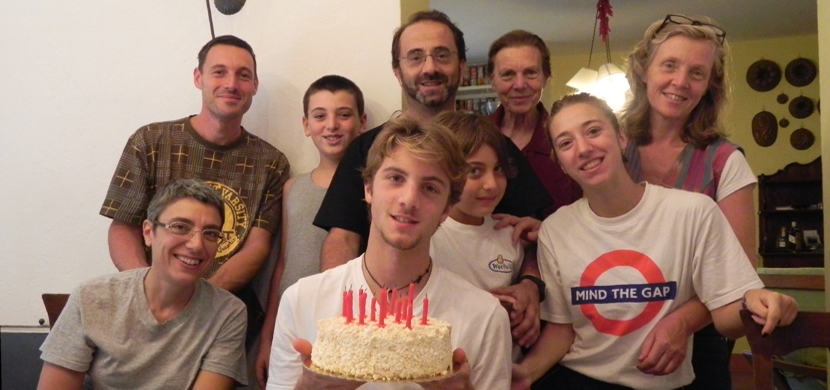 Foto 2010... da aggiornare!
Foto 2010... da aggiornare!